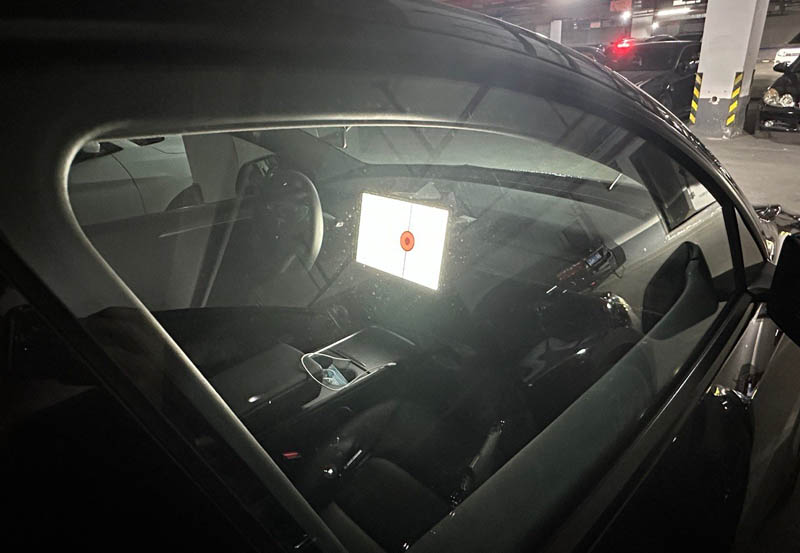Owning a car is priceless, and we all want to keep it safe and secure. Tesla’s Sentry Mode is a unique feature that adds an extra layer of protection to your vehicle. It continuously monitors the environment around your car when it’s left, using 4 video streams and 6 cameras to detect any potential threats. “Sentry Mode” takes advantage of the on-board cameras to keep an eye out for any funny business going on around an unattended Tesla. If the system spots someone messing with your ride, it’ll blast the alarm, alert you on your phone and save the footage for your viewing pleasure.
In this reviews, GearMusk’s taking closer look at how Sentry Mode works and why it’s an essential feature for Tesla owners.
How Tesla Sentry Mode Works
Tesla’s Sentry Mode is designed to provide 360-degree visual coverage around your car. It uses a Vulnerable Road Users (VRU) deep neural network to detect dynamic obstacles such as pedestrians, cars, bicycles, motorcycles, and other vehicles. The neural network is simple and does not need to be calculated through the network, making it an efficient and reliable solution.
The VRU network can detect upper body movements of pedestrians, and if a person makes some large arm movements such as throwing stones in front of the car, the open recording video will be triggered. If only pedestrians walk by, the video recording will not be triggered. This feature ensures that Sentry Mode is sensitive enough to detect potential threats without generating false alarms.
Related Posts: Tesla Pushes Update FSD Beta v11.4.1, and V12.0 is an end-to-end System
Power Consumption and False Alarms
Tesla’s Sentry Mode requires intelligent processing and detection, and the power consumption should not be too high. It needs to achieve very few false positives to meet user requirements. If the function fails to achieve the ultimate goal, users are likely to provide feedback, and Tesla will need to improve the feature.
A simple VRU network can keep power consumption down while meeting demand. For example, when Tesla opened Sentry Mode, only one FSD chip was used, and the power consumption dropped significantly. This feature’s efficiency ensures that your car is always protected, and you don’t need to worry about battery life.
